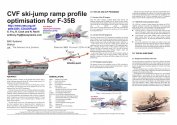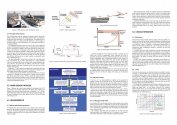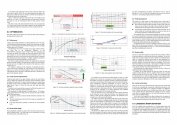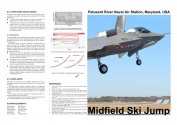List of requirements future aircraft is required to comply with.
That in different countries is RFP, tactical-technical task (战术技术要求), etc.
I'm asking where did you see that there were requirements for J-XY/35 and J-15B that they were required to be capable of both CATOBAR and STOBAR launch?
Because in your last post you wrote "I am like 99.9% sure STOBAR capability was mentioned within first few points of the technical requirement for this plane." -- that made it sound like there was some technical requirements for the aircraft that we have seen before, or which you yourself have read.
Or alternatively, are you assuming that in the technical requirements for the two aircraft that there is a very high likelihood that they would've requested them to be STOBAR compatible in addition to CATOBAR?
If that is the case, then please see my last few posts where I also believe it is very likely that they did that -- but this is a matter of significant consequence that we cannot just "assume" it to be the case, but require some sort of verification.




